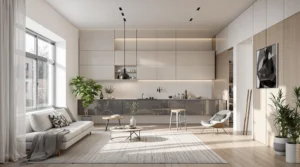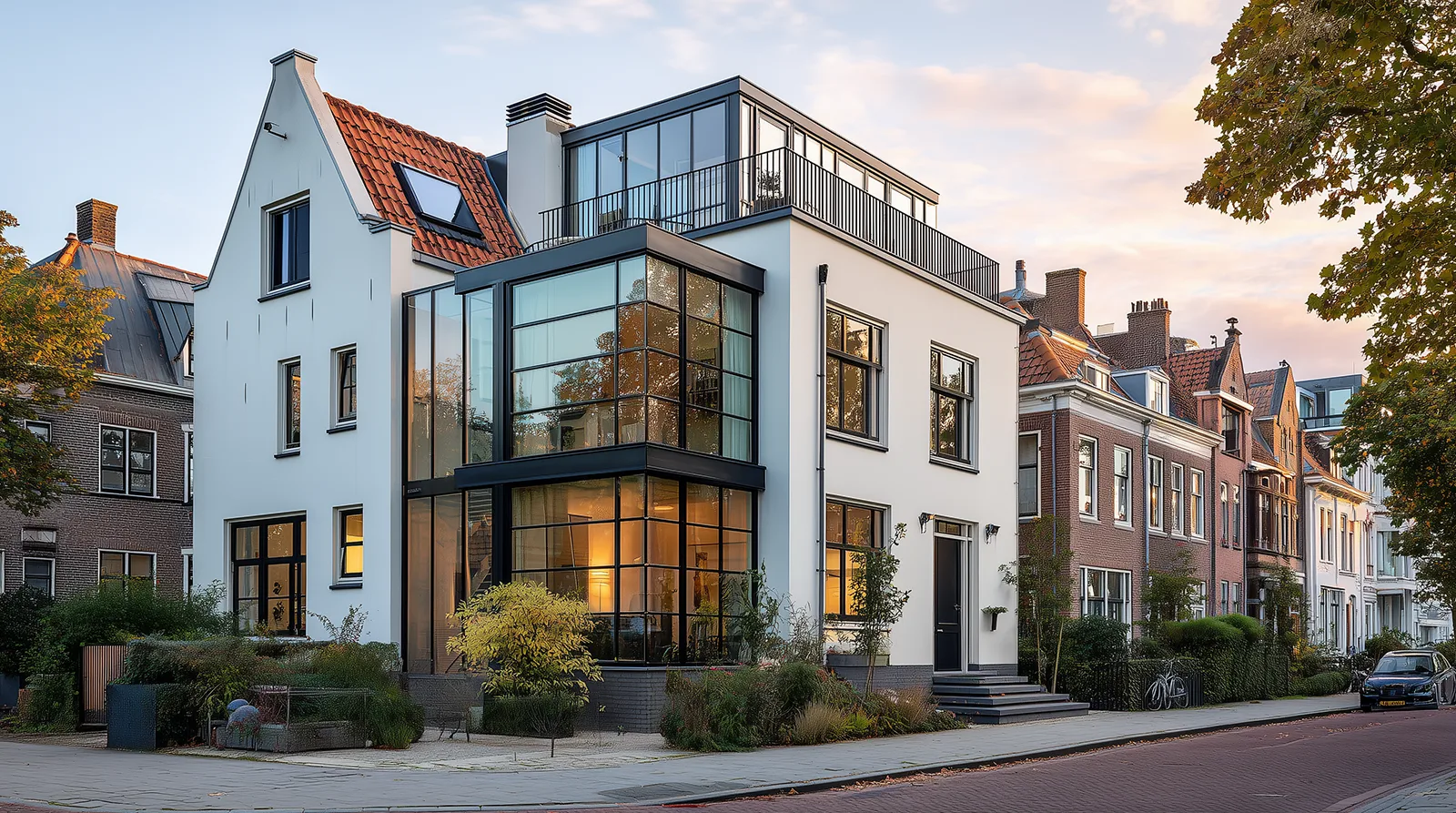Community-Focused Commercial Renovations: Building Spaces for Connection
As the world becomes increasingly urbanized, the importance of community-centered commercial design has never been more pronounced. In the Netherlands, where social cohesion and communal living are deeply ingrained in the culture, creating inclusive commercial spaces that foster social interaction and community engagement is crucial. This article will delve into the concept of community-focused commercial renovations, exploring the benefits, design principles, and best practices for building spaces that bring people together.
Introduction to Community-Centered Commercial Design
Commercial renovations in the Netherlands are not just about revamping physical spaces; they are about creating hubs that promote social connection, creativity, and a sense of belonging. Community-centered commercial design prioritizes the needs and preferences of the local community, incorporating elements that encourage social interaction, collaboration, and mutual support. By doing so, these spaces become vibrant and dynamic, contributing to the overall well-being of the community.
Basic Concepts: Understanding Community-Focused Design
Before embarking on a commercial renovation project, it is essential to understand the core principles of community-focused design. These include:
- Inclusivity: Designing spaces that are accessible and welcoming to all members of the community, regardless of age, ability, or background.
- Sustainability: Incorporating eco-friendly materials and practices that minimize the environmental impact of the renovation.
- Flexibility: Creating spaces that can adapt to various uses and activities, fostering a sense of versatility and creativity.
- Technology Integration: Incorporating technology that enhances the user experience, improves accessibility, and facilitates community engagement.
Design Principles for Community-Focused Commercial Renovations
To create effective community-focused commercial spaces, consider the following design principles:
- Co-creation: Involve the local community in the design process to ensure that the space meets their needs and reflects their identity.
- Contextual Design: Respect the historical and cultural context of the area, incorporating local materials and architectural elements that reflect the community’s heritage.
- Universal Design: Design spaces that are accessible and usable by everyone, regardless of age or ability.
- Social Spaces: Create areas that encourage social interaction, such as communal seating, outdoor spaces, and community gardens.
Benefits of Community-Focused Commercial Renovations
The benefits of community-focused commercial renovations are numerous and far-reaching. Some of the most significant advantages include:
- Increased Community Engagement: Spaces that foster social interaction and a sense of belonging can lead to increased community engagement and social cohesion.
- Improved Mental Health: Community-focused design can help reduce feelings of loneliness and isolation, promoting mental well-being and happiness.
- Enhanced Local Economy: Vibrant and dynamic commercial spaces can attract new businesses, customers, and investment, boosting the local economy.
- Environmental Sustainability: Eco-friendly design and practices can reduce the environmental impact of the renovation, contributing to a more sustainable future.
Practical Tips for Community-Focused Commercial Renovations
To ensure the success of your community-focused commercial renovation project, follow these practical tips:
- Conduct Community Consultations: Engage with the local community to understand their needs, preferences, and concerns.
- Choose Sustainable Materials: Select materials that are eco-friendly, durable, and require minimal maintenance.
- Incorporate Technology: Integrate technology that enhances the user experience, improves accessibility, and facilitates community engagement.
- Monitor and Evaluate: Continuously monitor and evaluate the space’s performance, making adjustments as needed to ensure it remains relevant and effective.
Case Studies: Successful Community-Focused Commercial Renovations in the Netherlands
The Netherlands is home to numerous successful community-focused commercial renovation projects. Some notable examples include:
- The Amsterdam Canal Ring: A historic area transformed into a vibrant and inclusive public space, featuring community gardens, public art, and social seating areas.
- The Rotterdam Market Hall: A innovative and sustainable marketplace that brings together local food producers, artisans, and community members.
- The Utrecht City Hall: A historic building renovated to incorporate community-focused design principles, featuring flexible spaces, social areas, and sustainable materials.
Conclusion: Building Spaces for Connection
In conclusion, community-focused commercial renovations have the power to transform public spaces into vibrant hubs that foster social connection, creativity, and a sense of belonging. By prioritizing inclusivity, sustainability, flexibility, and technology integration, designers and developers can create spaces that meet the needs of the local community and contribute to a more cohesive and resilient society. As the Netherlands continues to evolve and grow, the importance of community-centered commercial design will only continue to increase, making it essential for professionals and community members alike to work together to build spaces that bring people together.










